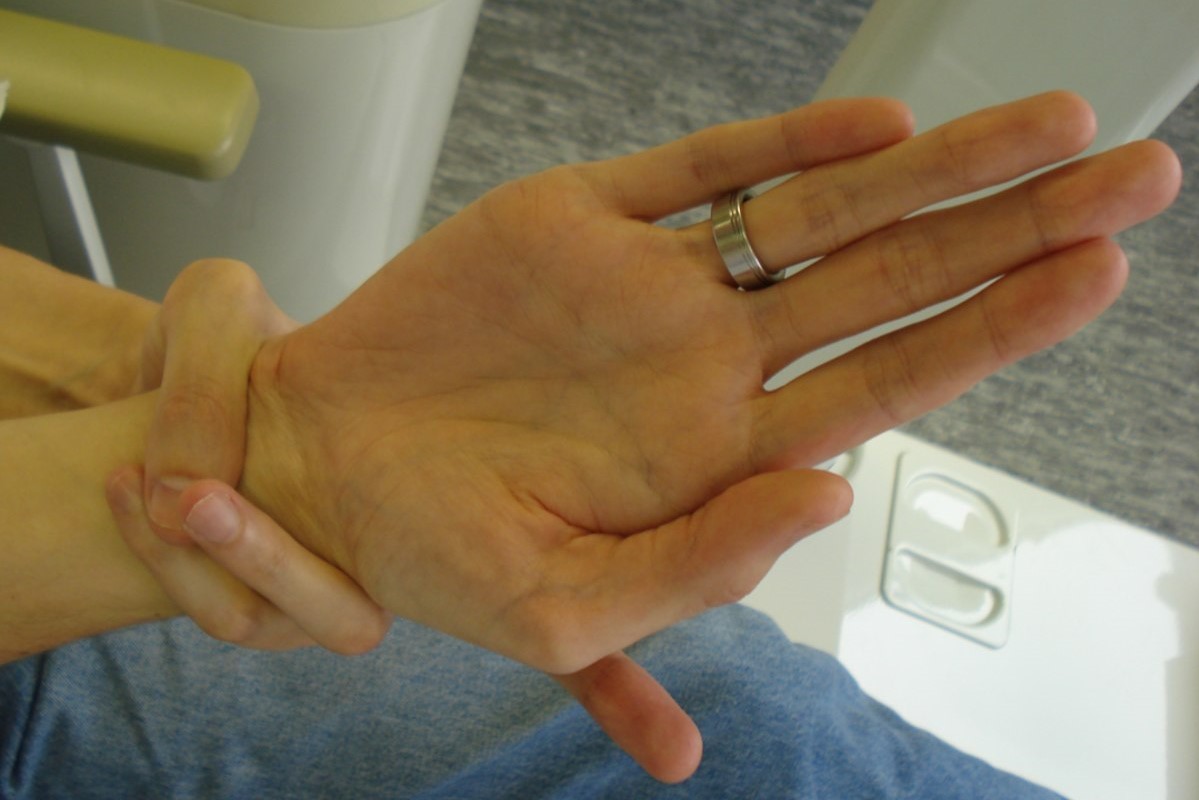
Marfan syndrome: what to know
Marfan syndrome is a rare hereditary connective tissue disease that causes changes in the eye, bone, heart, blood vessels, lungs and central nervous system
This syndrome is caused by mutations in the gene that codes for the protein called fibrillin.
Marfan syndrome is a genetically-based clinical condition characterised by the involvement of several systems including:
- skeletal system (scoliosis, sternum abnormalities, hyperlaxity of ligaments, increased growth of long bones, flat feet)
- cardiovascular (mitral prolapse, aneurysmal dilatation of the aorta);
- ocular (lens luxation, myopia);
- nervous system (ectasia of the dura mater);
- skin (skin striae, recurrent hernias)
- with a wide intra- and inter-family clinical variability.
Transmission of Marfan syndrome
Approximately 25% of patients represent a sporadic case in a family, while in the remainder of cases Marfan syndrome is inherited from one of the parents who also has the symptoms (also in a nuanced form).
Transmission is autosomal (i.e. not sex-linked) and dominant (i.e. there is NO such thing as a healthy carrier, only a sick carrier), so the syndrome cannot skip a generation but can be passed on from the affected parent to their offspring with a 50% chance (per pregnancy).
Complications of Marfan syndrome
The involvement of organs and apparatuses in carriers of Marfan syndrome can be very varied and occur in early childhood or become manifest later.
As a rule, the earlier the involvement of an organ/apparatus, the more significant is the damage and the evolution towards complications.
Of these, the most severe is rupture of the aorta, which can have a fatal outcome, while eye damage can lead to such a reduction in visual acuity that it results in disability.
Similarly with regard to the skeletal system, there can be severe forms of scoliosis with a disabling outcome.
Marfan syndrome, what to do?
The best strategy for Marfan syndrome is to
- identify Marfan syndrome carriers;
- recognise and have the patient recognise the warning signs/symptoms;
- control the manifestations of the syndrome in the various organs and apparatuses;
- prevent complications through pharmacological therapy that appears to give good results at the cardiovascular level and careful follow-up to optimise the timing of any corrective interventions;
- activate genetic counselling for reproductive risk and support future parents in their choice;
- sharing every step of the therapeutic choices with individual patients.
Read Also:
Emergency Live Even More…Live: Download The New Free App Of Your Newspaper For IOS And Android
Abdominal Aortic Aneurysm: What It Looks Like And How To Treat It
Bovine Aortic Arch: Risk Factor For Diseases Of The Aorta
What Is It And What Are The Symptoms Of Marfan Syndrome?


